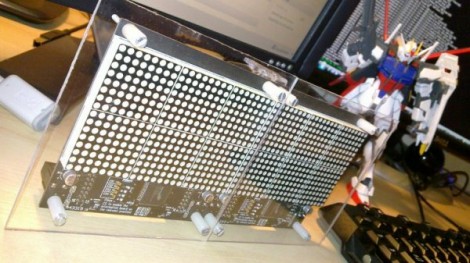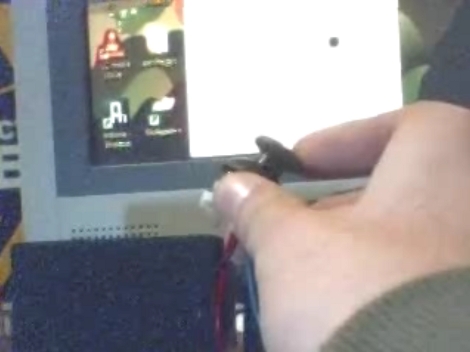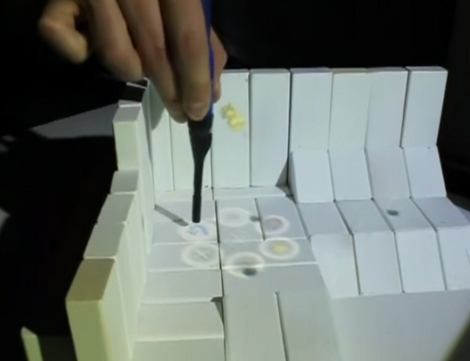Welcome back to this fourth and final installment of the series. The first three parts should have been enough to get you off the ground, but a few more learning examples wouldn’t hurt. It’s also a good time to discuss some of the other things these little chips can do. Join me after the break to:
- Expand the sample code, adding features to our simple program while I challenge you to write the code yourself.
- Discuss AVR fuse bits, how to use them, and what to watch out for
- Touch on some of the peripherals you’ll come across in these chips
As a grand flourish to the series, I’ve used the example hardware from this final part to build a bicycle tail light. Hopefully this will inspire you to create something much more clever.
Series roadmap:
















